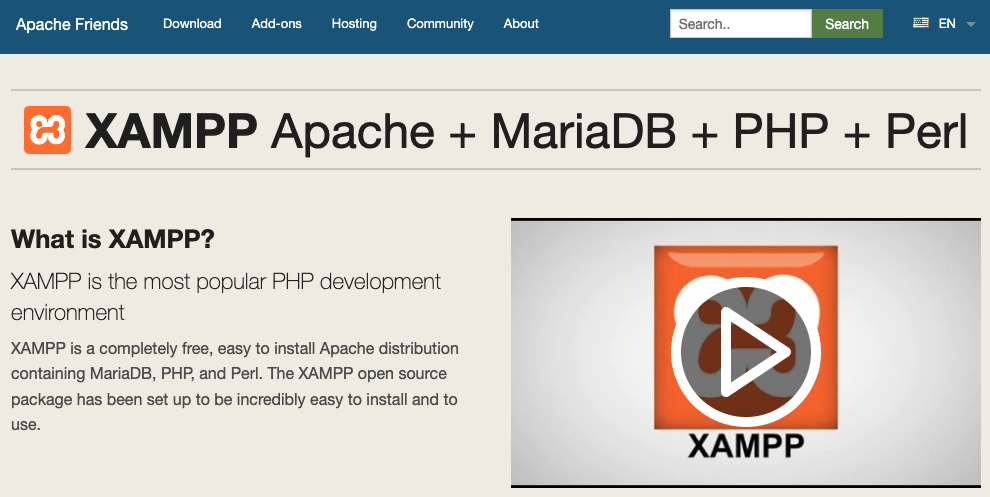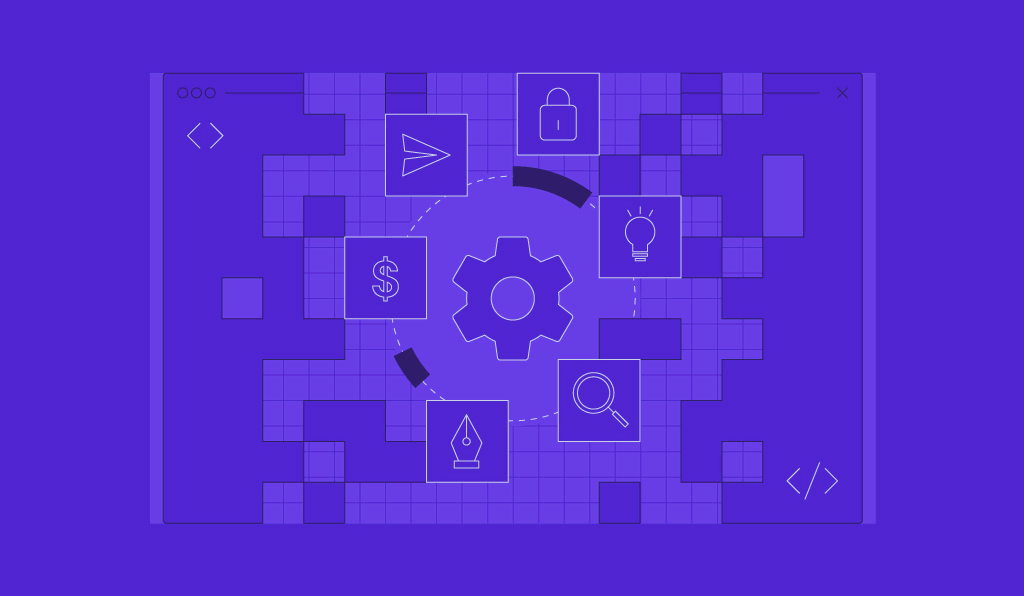What Is a Development Environment? How Does It Differ From an Integrated Development Environment (IDE)?
Generally speaking, the term development environment includes the entire environment, from development and staging to production servers, while an IDE simply refers to the application used for coding.
Since developing software applications is a complex and time-consuming task, a development environment can be a good solution to enhance developers’ efficiency and productivity. For that reason, we will explain what is a development environment along with how it differs from an IDE in more detail, including reasons to use it and its various types.
What Is a Development Environment?
A development environment in software and web development is a setup where developers can safely experiment and code without impacting the live site.
Meanwhile, an integrated development environment (IDE) is used within the development environment to facilitate various programming tools in one application. This helps developers to simplify the software development process.
Why Use a Development Environment?
Depending on the site’s needs, most development environments contain four server tiers, including a development server and a staging server. All changes are deployed across different environments before releasing a live website or an app.
As a result, many developers use development environments to create a source code and test whether it works in the application without worrying about the impact on users, as they will not notice any changes or updates you’ve made while browsing the website.
Developers can also use this environment in other ways depending on the project. Another advantage is that it helps web development companies and freelancers get more clients.
For example, using a local development environment like XAMPP or Docker will help you create software for clients with no web hosting service or without accessing their server. This is because your server suite application is stored on a local device like a computer.
Besides ensuring the application works as intended for the end users, other benefits that you can obtain from a development environment include:
- Streamlining the workflow. A development environment helps developers easily configure each web development tool without setting it up separately. Doing so speeds up the software development process.
- Minimizing potential errors. Test environments allow developers to test each code, making finding and fixing mistakes easier.
- Improving productivity. The development process is more straightforward, allowing developers to perform multiple tasks faster and more efficiently. For instance, they can parse code and analyze syntax while editing.
- Standardizing the development process. Using a development environment interface helps multiple developers collaborate and save time.
Types of Development Environment
As development environments are used to develop, test, and debug an application or a website, they come in different types of servers. Each one has its own functions:
- Development server – refers to the core tier of the environment, where developers create the code and test it directly to an application. It provides basic hardware and software tools for running development tasks, such as programming, designing, and debugging.
- Test server – within this environment, developers can identify and fix errors that may affect the application’s workflow and user experience. In short, it allows them to check whether all the functions can work as intended.
- Staging server – lets developers create a duplicate product to demonstrate to their client, but not users. A staging server allows them to make any change they want and ensures that the application runs smoothly on the actual production server. For example, using a WordPress staging environment will help you update themes without breaking the original website.
- Production server – the production server environment, also known as the live environment, is where end users can use the application. Even though the product in this server works properly and has passed all the tests, developers can still conduct tests in production and add new features in this final step.
What Is Integrated Development Environment (IDE)?
An integrated development environment (IDE) is a software suite that combines all the development tools into a single graphical user interface (GUI). As a result, it makes the development process more efficient and faster.
Some examples of popular integrated development environments are NetBeans, Microsoft Visual Studio, Adobe Flex Builder, and Eclipse.
Now, let’s see the following features in an IDE that can improve overall productivity:
- Code editor – mainly used for writing and editing the source code. Many IDEs also integrate with a text editor like an HTML editor that can highlight keywords and syntax errors.
- Code completion – known as a code prompt, this feature is used to analyze the entire code to identify and insert missing code components. Using it will save time and minimize bugs or errors.
- Compiler – translates the plain text into a programming language like JavaScript and Python so a computer can process it.
- Debugger – helps developers find and fix error codes in an application or a website during the testing phase. For instance, debugging your WordPress site will ensure its functionality and performance work well before publishing it to users.
- Build automation tools – these are used to automate creation and software development processes, such as compiling the source code into machine code, packaging the binary code, and running automated tests.
- Programming language support – most IDEs are dedicated to a specific programming language. For example, Xcode is used to develop macOS with the Objective-C and Swift languages. However, some IDEs also offer multiple languages like Eclipse and Komodo IDE.
- Version control – enables developers to track any changes they’ve made. It also can help the IDE connect with the source repository they use.
In addition, some IDEs may also include a class browser, an object browser, and a class diagram. Note that an IDE may be a stand-alone application, although it might be a part of one or more applications.
Types of Integrated Development Environment
Since each project may require different IDEs, it is important to consider various aspects, such as the programming language, ease of use, reliability, and type. Many types of IDEs offer different features to generate a high-quality application efficiently.
Here are various types of integrated development environments:
- Multilanguage – supports multiple language programs that can be beneficial for beginners to improve their skills. For example, Visual Studio is one of the most popular multi-language IDEs that offers solid features and supports easy setup for extensions and upgrades.
- Mobile development – specifically built for mobile development, such as AppCode and Android Studio. Note that some IDEs, especially multi-language IDEs, support mobile development plugins like Real-Time chat and File Manager.
- Language-specific – designed for software developers who work in one language. For example, Jikes and Jcreator are built for Java, and Idle for Python.
- Cloud-based – provides a built-in feature for real-time pair programming with instant feedback that lets developers build software with only a browser, allowing them to access the code remotely.
- HTML – used for developing HTML applications, such as Notepad++, Atom, and Adobe DreamWeaver CC. These tools automate multiple tasks in web development.

Conclusion
While developing and testing applications require a lot of time, using a development environment will simplify the process. It provides a collection of development tools and procedures to build software without affecting the original application.
In this article, we’ve discussed reasons to use a development environment and its different types, from a test environment to a production environment. Moreover, we’ve covered the definition of an integrated development environment (IDE) and its features that improve developer productivity.
We hope this article has helped you understand how a development environment differs from an integrated development environment (IDE) better. If you have any questions, feel free to leave them in the comment sections below.


